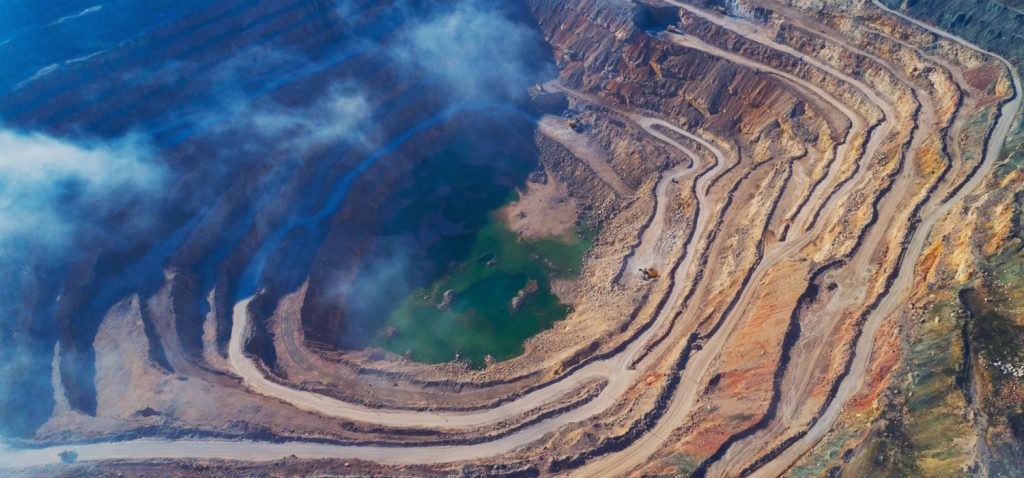SA Mining
Challenging Year For SA’s Mining Companies – PwC Report
The 2018 financial year delivered a “mixed bag of performance” as bulk commodity prices continued to rise during 2018 from the lows in 2016, while precious metals continued to struggle, stated PwC Africa’s Energy Utilities & Resources Leader, Michal Kotzé.
Increased costs and production challenges and a subsequent weakening in operating results, together with the gold and platinum impairments, saw the industry record a loss for 2018, he added.
Key highlights from PwC’s 10th edition of the SA Mine report, which highlights trends in the South African mining industry, include:
- Market capitalisation

The total market capitalisation of the top 31 companies listed on the JSE recovered to R482-billion (2017: R420-billion). Although it is a R62 billion increase on the previous year, it is still below the June 2016 level of R560-billion, PwC said in a statement.
Although gold and platinum group metals (PGMs) continued to dominate the share of market capitalisation, they, however, experienced declines of 4% and 5% respectively. Iron ore, meanwhile, increased with R40 billion from 2017 to 2018; increasing the commodity’s percentage share of capitalisation from 13% to 20%.
- Production
Manganese, iron ore and chrome were the only commodities that showed real production growth over the last 15 years, stated Kotzé. Coal production showed a marginal increase for the first time in three years. Gold continues its long-term decline. The ongoing low-price environment for platinum is likely to result in further curtailment of supply in the absence of a reasonable price increase.
- Financial performance
Total revenue generated by the companies for the financial year-end 30 June 2018, increased by 8% (R28 billion) from 2017 as a result of increased coal and manganese revenues. Coal, which grew its share of total SA mining revenue and leads at 29% of mining revenue for the year, was driven by good Rand price increases for the commodity.
Platinum and gold reflected a lower percentage on the back of relatively weak prices and low production for the year.

“The decrease in rand prices, as well as weaker production for gold and platinum, are putting deep-level South African gold and platinum producers under significant pressure as reflected in the market capitalisation of these entities,” added Andries Rossouw, PwC’s Energy and Mining Assurance partner.
Capital expenditure recovered from the lowest levels in ten years to reflect a 19% increase and operating expenses increased by 13%. Labour costs continued to be the biggest cost driver in the mining industry.
- The Mining Charter
While the new mining charter underlined the regulatory uncertainty, the appointment of a new minister of mineral resources in February 2018 brought hope of open dialogue and more certainty to the industry. Although the gazetted version of the charter is likely to still receive some criticism, there was a concerted effort by industry and government to move closer to each other.
5. Value to mining investors in South Africa
The mining industry continues to add significant value to the country and its people with employees still taking the lion share of value-add at 47%, followed by government through direct taxes, as well as payroll and royalties with 24%.







 Sign-up and receive the Business Media MAGS newsletter OR SA Mining newsletter straight to your inbox.
Sign-up and receive the Business Media MAGS newsletter OR SA Mining newsletter straight to your inbox.